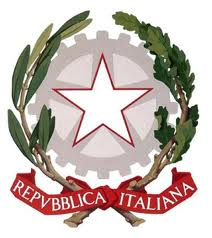Baku, from Nobel brothers to Flaming Towers
City of winds offers interesting mix of new and old
13 February, 18:41Small and run-down buildings are now leaving space to new palaces, with construction works at every corner refreshing the scenery with a new luxurious image, while at the same time subtracting part of the unique charm of a country with a rich cultural heritage and precious traditions to preserve and protect. Beyond the huge skyscrapers, luxury boutiques and designer shops adorned with 20 000 exotic trees, there hides a Baku with a lot to offer on a cultural and historical level to the interested visitor. The historic centre of Baku features the Palace of the Shirvanshahs (ruling dynasty in North-Eastern Azerbaijan) dating from the 15th century and the Virgin Tower (12th century), both recognized by UNESCO as World Heritage sites. Furthermore, also in the old town there are the Puppet Theatre and the Caravanserai, currently famous as one of the city's finest restaurants, but once a shelter for ancient travellers of the Silk Road.
A good place to start the tour of the museums are the two imposing residences dedicated to art: one dedicated to the collection of Azerbaijani and Russian art of the nineteenth century, the other to modern Azerbaijan, including the Carpet Museum housing more than a thousand examplars from Iran and Dagestan. In a clash between new and old, it is impossible not to note the impressive futuristic building designed by the famous Anglo-Iraqi architect Zaha Hadid hosting the Cultural centre Heydar Aliyev, featuring, amongst other things, a permanent exhibition of traditional clothes, jewelry, musical instruments and carpets. Also made to impress are the Flaming Towers (the three towers illuminated with 10,000 LED composing a huge lightshow with special effects), hosting the cultural centre visited by the foreign political leaders. Witnessing the history of the petroleum industry, there is the Villa Petrolea, constructed in 1884, today hosting a museum and a conference centre, but once the residence of the Nobel brothers, founders of Nobel Brothers Naphta Company, which became the World's second petroleum company in the 20th century.
(ANSA).














